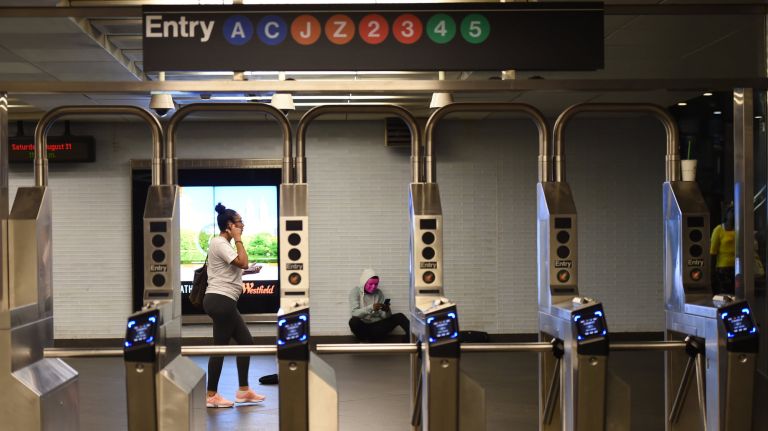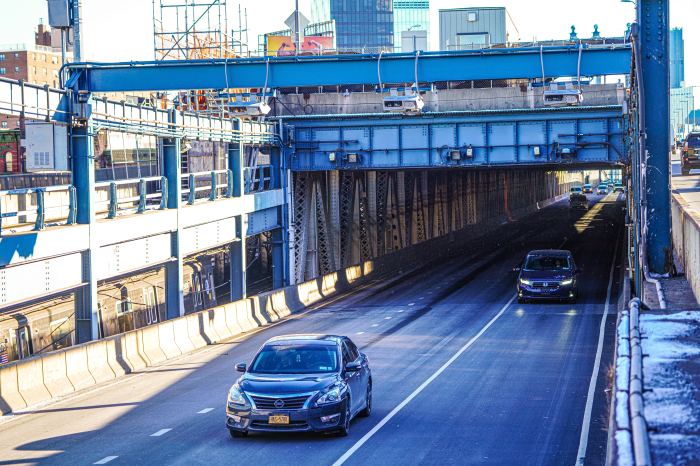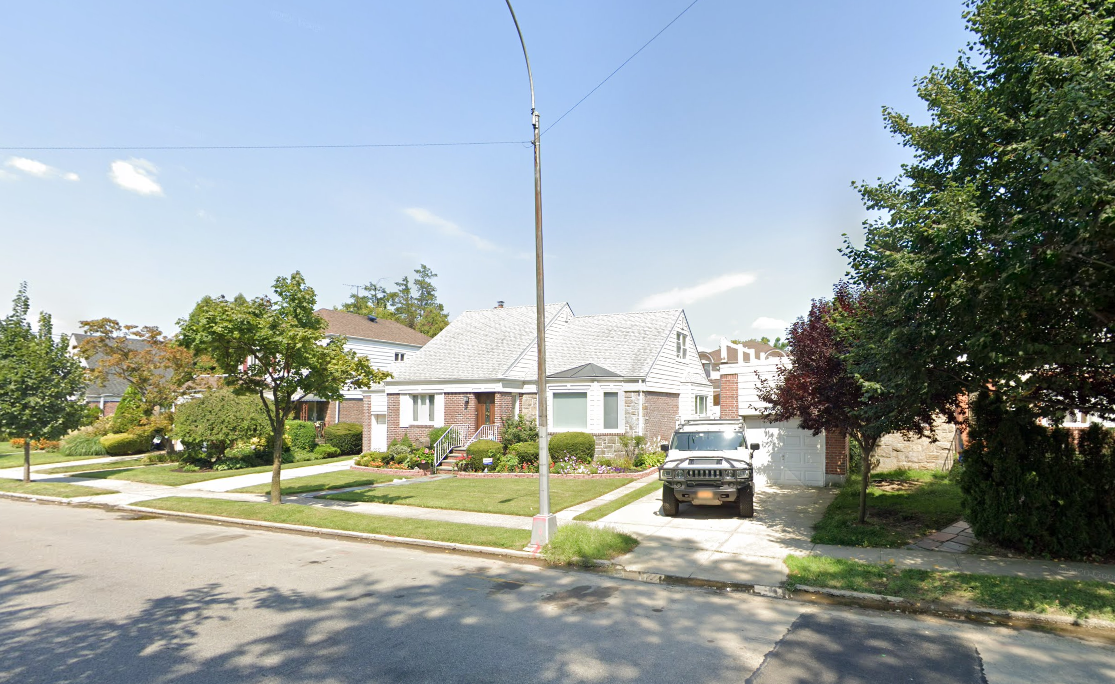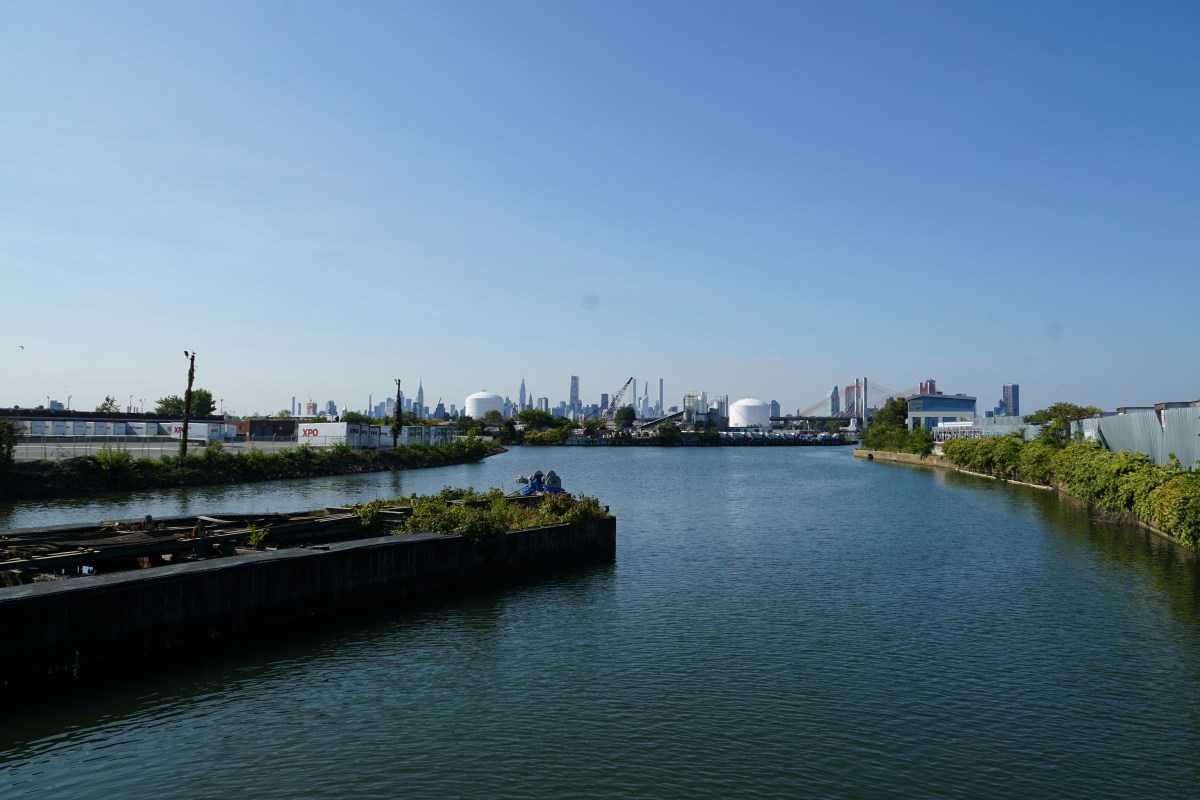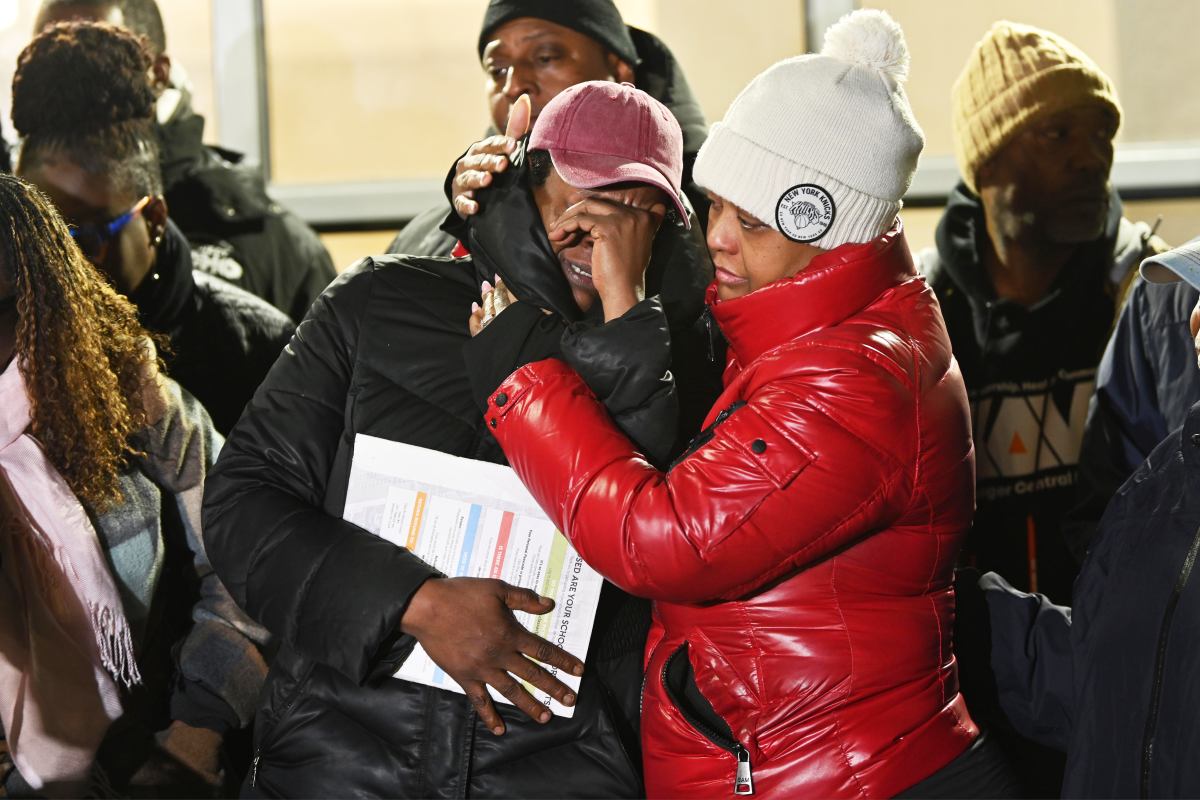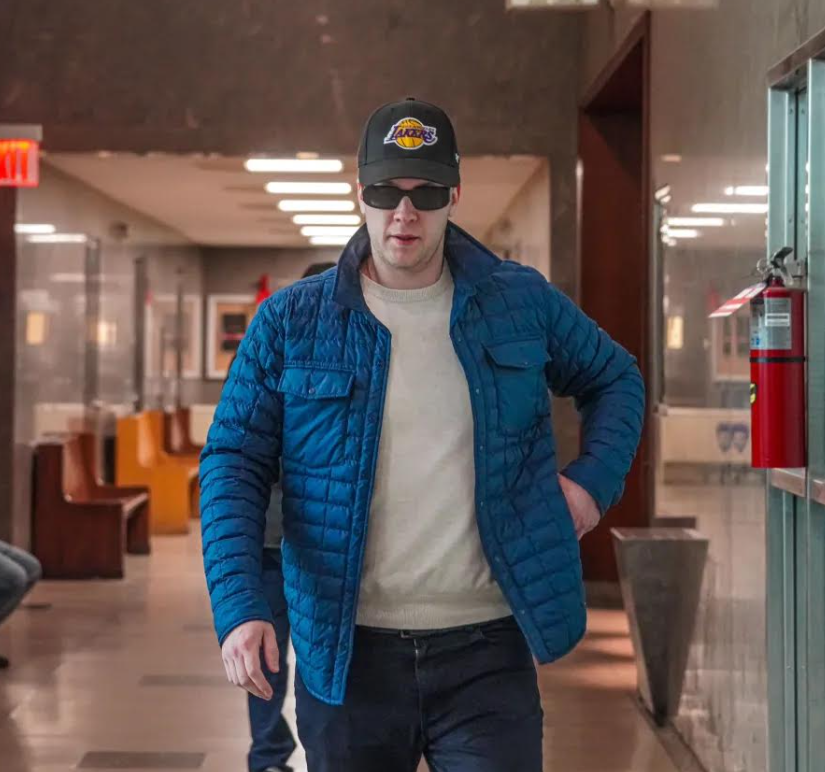The office of the MTA inspector general claims that the methodology used to provide earlier estimates on the financial impact of fare evasion — up to $200 million a year in lost annual revenue — may have not produced the most accurate findings.
But MTA Inspector General Carolyn Pokorny has made recommendations for New York City Transit to come to a clearer conclusion as to their true fare evasion losses with a new survey involving data collected from video footage aboard buses and subway stations.
According to Pokorny, Dr. Kitty Kay Chan, a Columbia University professor of applied analytics helped develop the improved methodology after the OIG issued a July 2019 letter to the agency casting doubt on the estimate which, in part, led to the January 2020 board meeting that approved the $249 million hiring of 500 new police officers for fare evasion and other crimes.
MTA, however, is currently in a hiring freeze after a massive loss in revenue due to COVID-19 and only hired a fraction of these cops.
“Applying academic rigor to the persistent problem of fare evasion is an innovative achievement for the MTA,” said Pokorny. “The OIG wanted, and the public deserves, for our transit system to have the best possible methodology, with minimal expense. We brought in one of New York’s leading data specialists, so that all of our stakeholders, including MTA leadership, board, workers, riders, taxpayers, academics, and other transit agencies, can have confidence in the results and learn from our industry-leading best practice to fight this costly problem.”
The new fare evasion survey will be based on a stratified random sampling method and will be compare estimated total ridership to average paid ridership, and buses specifically will be broken down by borough, according to Pokorny’s office.
While New York City Transit plans to launch this new survey by the fourth quarter of 2020, the agency plans to hold off on getting figures for subways until ridership stabilizes after being reduced by over 90% during the time when the city was on lockdown.
“NYC Transit had planned to implement its new fare evasion estimating methodologies in the second quarter of 2020, but had to postpone the plan due to the COVID crisis. We are proud and grateful for the collaboration with the Office of the Inspector General and Professor Kitty Kay Chan of Columbia University and look forward to initiating the new process as soon as ridership stabilizes,” said Patrick Warren, MTA chief safety officer.
The full text of the report can be found here.



